Home>Home Maintenance>Why Wont My GE Washer Spin
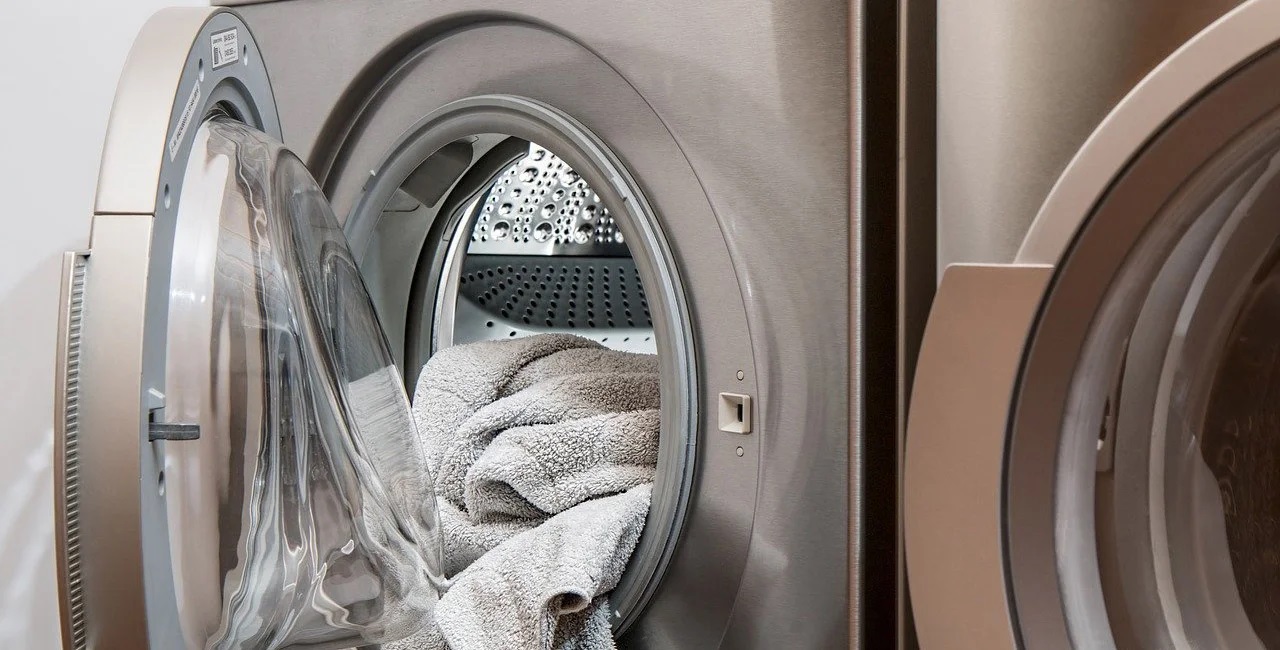

Home Maintenance
Why Wont My GE Washer Spin
Modified: January 9, 2024
Discover articles that explain why your GE washer won't spin and learn how to troubleshoot and fix the issue on your own.
(Many of the links in this article redirect to a specific reviewed product. Your purchase of these products through affiliate links helps to generate commission for Storables.com, at no extra cost. Learn more)
Introduction
Having a washer that won’t spin can be frustrating and inconvenient. It can disrupt your laundry routine and leave you with a pile of wet clothes. If you’re facing this issue with your GE washer, you’re not alone. There are several common reasons why a GE washer may fail to spin properly, ranging from simple fixes to more complex repairs.
In this article, we will explore the most common causes for a GE washer not spinning and discuss some potential solutions. Remember, if you’re not comfortable with DIY repairs, it’s always best to consult a professional technician to avoid any further damage to your appliance.
Now, let’s dive into the possible reasons why your GE washer won’t spin and how you can address them.
Key Takeaways:
- Common reasons for a GE washer not spinning include issues with the lid switch assembly, drive belt, motor coupling, and more. Proper diagnosis and potential solutions can help restore the washer’s spinning functionality.
- Addressing issues such as faulty motor control boards, door lock and switch assemblies, and suspension springs can help homeowners troubleshoot and resolve GE washer spinning problems. Professional assistance is recommended for complex repairs.
Read more: Why Wont My Washer Turn On
Common Reasons for GE Washer Not Spinning
When your GE washer fails to spin, it can be due to various factors. Understanding these common reasons can help you troubleshoot the issue and determine the best course of action. Here are some of the most frequent causes:
- Lid Switch Assembly: The lid switch is a safety feature that prevents the washer from spinning when the lid is open. If the switch is faulty, the washer may not spin. Inspect the switch for any damages or loose connections and replace it if necessary.
- Drive Belt: A worn or broken drive belt can prevent the tub from spinning. Check the belt for any signs of fraying or damage. If it appears worn, it’s time to replace it. Refer to your washer’s manual for specific instructions on how to replace the drive belt.
- Motor Coupling: The motor coupling connects the motor to the transmission. If it is worn or broken, the washer won’t spin. Inspect the coupling for any visible damage and replace it if needed. Ensure that the motor and transmission are aligned properly when installing the new coupling.
- Motor Control Board: The motor control board regulates the spinning and other functions of the washer motor. A malfunctioning control board can hinder the spinning cycle. Consider contacting a technician to diagnose and replace the faulty control board.
- Door Lock and Switch Assembly: The door lock and switch assembly ensures that the washer door is securely closed before the spinning cycle begins. If the assembly is defective, the washer may not spin. Inspect the assembly for any signs of damage or loose connections and replace it if necessary.
- Clutch Assembly: The clutch assembly engages and disengages the tub during the spinning cycle. A worn or malfunctioning clutch can cause the washer not to spin. Examine the clutch for any wear or damage. If needed, replace the clutch assembly to restore proper spinning functionality.
- Timer: A faulty timer can prevent the washer from entering the spin cycle. Test the timer by manually advancing it through the different cycles. If it fails to advance or gets stuck, it may require replacement.
- Drive Motor: The drive motor is responsible for spinning the washer tub. If the motor is defective or burned out, the tub won’t spin. Check the motor for any signs of damage or overheating. Consider consulting a technician to diagnose and replace the faulty motor.
- Drain Pump: A clogged or malfunctioning drain pump can interfere with the spinning cycle. Check for any obstructions or debris in the pump and clear them out. If the pump is damaged, it may need to be replaced.
- Suspension Springs: The suspension springs support the washer tub and allow it to spin smoothly. If the springs are worn or broken, the tub may not spin properly. Inspect the springs for any signs of wear and replace them if necessary.
Remember, these are only some of the common reasons why a GE washer may fail to spin. It’s important to consult the user manual or seek professional assistance if you’re unsure about any repairs or replacements.
Lid Switch Assembly
The lid switch assembly is a crucial component in your GE washer that ensures the spinning cycle can only occur when the lid is securely closed. If the lid switch is faulty or malfunctioning, it can prevent the washer from spinning. Here are some possible issues with the lid switch assembly:
- Defective Switch: Over time, the lid switch can wear out or become damaged, causing it to fail. Inspect the switch for any visible signs of damage or wear, such as loose wires or a broken switch. If you notice any issues, it’s time to replace the lid switch.
- Loose Connections: Sometimes, the problem may be due to loose connections. Check the wiring and ensure that the connections are secure and properly attached to the lid switch. Loose connections can disrupt the communication between the switch and the washer, resulting in no spinning action.
- Misaligned Actuator: The lid switch assembly includes an actuator that is engaged by the lid when it is closed. If the actuator becomes misaligned, it may not properly trigger the switch, causing the washer to not spin. Check the actuator position and adjust it if necessary.
If you suspect that the lid switch assembly is the cause of your GE washer not spinning, you can start by performing a simple test. Open and close the lid of the washer while listening for a clicking sound. If you don’t hear a click, it indicates that the lid switch is not engaging. In this case, replacing the lid switch assembly should resolve the issue.
Consult your GE washer’s user manual or the manufacturer’s website for specific instructions on how to replace the lid switch assembly. If you’re unsure about tackling the repair yourself, it’s always best to seek the help of a professional technician to ensure proper installation and avoid any potential safety hazards.
Drive Belt
The drive belt in your GE washer is responsible for transferring power from the motor to the drum to facilitate the spinning cycle. If the drive belt becomes worn or broken, it can lead to the washer not spinning properly. Here are some possible causes and solutions to address issues related to the drive belt:
- Worn or Damaged Belt: Over time, the drive belt may wear out, fray, or develop cracks. Inspect the belt for any visible signs of wear or damage. If the belt appears worn or broken, it’s time to replace it. Consult your GE washer’s user manual for specific instructions on how to access and replace the drive belt.
- Loose Belt: In some cases, the issue may be a loose belt that has slipped off the pulley or motor. If you notice that the belt is loose, you may be able to readjust it and secure it back onto the pulley. Refer to the user manual for guidance on how to properly align and tension the drive belt.
- Belt Tensioner Problems: The drive belt tensioner is responsible for maintaining the proper tension on the belt. If the tensioner is not functioning correctly, it can result in a loose or slack belt, causing the washer to not spin. Inspect the tensioner for any issues and replace it if necessary.
When replacing the drive belt, it’s important to ensure that you select the correct belt for your specific GE washer model to guarantee compatibility. Additionally, always unplug the washer from the power source before attempting any repairs or replacements to ensure your safety.
If you’re not comfortable with DIY repairs, don’t hesitate to seek assistance from a professional technician. They have the expertise and tools to diagnose the issue accurately and replace the drive belt efficiently.
Motor Coupling
The motor coupling in your GE washer connects the motor to the transmission, allowing for the transfer of power to the drum. When the motor coupling becomes worn or broken, it can lead to the washer not spinning properly. Here are some common issues related to the motor coupling:
- Worn or Broken Coupling: Over time, the motor coupling can wear out or break due to regular use. Inspect the coupling for any visible signs of wear or damage, such as cracks or breakage. If you notice any issues, it’s time to replace the motor coupling.
- Misaligned Coupling: Sometimes, the motor coupling can become misaligned, causing it to not properly engage with the motor or transmission. Check the coupling position and ensure that it is aligned correctly. If misalignment is detected, adjust the position of the coupling and securely fasten it.
- Excessive Load: A heavy load or an unbalanced load can put additional strain on the motor coupling, leading to premature wear or breakage. Ensure that you are not overloading the washer and distribute the clothes evenly to avoid putting excessive stress on the motor coupling.
Replacing the motor coupling may require some disassembly of the washer. Consult your GE washer’s user manual or the manufacturer’s website for detailed instructions on how to access and replace the motor coupling specifically for your model.
If you’re not confident in your ability to perform the repair yourself, it’s recommended to seek the assistance of a professional technician. They have the expertise and knowledge to handle the replacement safely and efficiently. Additionally, they can inspect other components to ensure there are no underlying issues contributing to the washer not spinning.
Remember to always disconnect the washer from the power source before attempting any repairs or replacements to ensure your safety.
Read more: Why Wont My Maytag Washer Turn On
Motor Control Board
The motor control board, also known as the main control board, is responsible for regulating the functions of the washer motor, including the spinning cycle. If the motor control board malfunctions or fails, it can result in the washer not spinning properly. Here are some potential issues related to the motor control board:
- Faulty Board: Over time, the motor control board may develop issues due to wear and tear or electrical malfunctions. It could be a result of power surges or component failure. If the board is faulty, it may not send the proper signals to the motor, causing the washer to not spin. Consider contacting a professional technician to diagnose and replace the faulty motor control board.
- Loose Connections: Loose or damaged wiring connections can disrupt the communication between the motor control board and other components. Inspect the connections on the motor control board for any signs of looseness or damage, and ensure they are securely connected. Re-seat or replace any damaged connectors to restore proper functionality.
- Burnt Components: Excessive heat or electrical issues can cause components on the motor control board to burn out or become damaged. If you notice any visibly burnt or damaged components, it’s a clear sign that the motor control board needs to be replaced. In such cases, it’s best to consult a professional technician to handle the repair.
Replacing the motor control board requires technical knowledge and the proper tools. It’s recommended to seek the assistance of a professional technician for this repair to ensure proper installation and avoid any potential electrical hazards.
Before attempting any repairs, always disconnect the washer from the power source to ensure your safety. Additionally, consult your GE washer’s user manual or the manufacturer’s website for specific instructions on how to access and replace the motor control board for your particular model.
A professional technician can diagnose the issue accurately and determine if the motor control board is indeed the cause of the problem. They can also check for any underlying issues that may have contributed to the failure of the board, ensuring that your washer is back up and running smoothly.
Door Lock and Switch Assembly
The door lock and switch assembly in your GE washer plays a crucial role in ensuring that the door is securely closed during the spinning cycle. If the assembly is defective or malfunctioning, it can prevent the washer from spinning. Here are some common issues associated with the door lock and switch assembly:
- Defective Lock: Over time, the door lock mechanism can wear out or become damaged, causing it to fail. Inspect the lock for any visible signs of damage or wear, such as a loose latch or broken components. If you notice any issues, it’s time to replace the door lock assembly.
- Loose Connections: Loose or faulty wiring connections can interfere with the communication between the door lock and the washer. Check the connections on the door lock and switch assembly for any signs of looseness or damage. Make sure they are securely connected to ensure proper functionality.
- Failed Switch: The door lock assembly includes a switch that detects whether the door is securely closed. If the switch is faulty or malfunctions, it may not signal the washer to begin the spinning cycle. Test the switch for continuity using a multimeter. If there is no continuity when the switch is activated, it needs to be replaced.
If you suspect that the door lock and switch assembly is causing the issue with your GE washer not spinning, you can perform a simple test. Manually push and release the switch on the door lock assembly. You should hear a clicking sound indicating that the switch is engaging. If there is no clicking sound, it suggests that the assembly is defective and needs to be replaced.
Refer to your GE washer’s user manual or the manufacturer’s website for specific instructions on how to access and replace the door lock and switch assembly for your particular model. If you’re unsure about handling the repair yourself, it’s recommended to seek assistance from a professional technician to ensure proper installation and avoid any potential safety hazards.
Always remember to disconnect the washer from the power source before attempting any repairs or replacements to ensure your safety.
Check if the lid switch is functioning properly. If it’s faulty, the washer won’t spin. You can test it with a multimeter for continuity.
Clutch Assembly
The clutch assembly in your GE washer is responsible for engaging and disengaging the tub during the spinning cycle. If the clutch becomes worn or malfunctioning, it can cause the washer to not spin properly. Here are some common issues related to the clutch assembly:
- Worn Clutch Pads: Over time, the clutch pads can wear out, resulting in a loss of friction and preventing the proper engagement of the tub. Inspect the clutch pads for any signs of wear, such as thinning or glazing. If the pads are significantly worn, it’s time to replace the clutch assembly.
- Stuck or Slipping Clutch: A clutch that is stuck or slipping can also prevent the tub from spinning. A stuck clutch may not allow the tub to rotate at all, while a slipping clutch can cause the tub to spin slowly or inconsistently. In either case, the clutch assembly should be inspected and replaced as necessary.
- Misaligned Clutch: If the clutch becomes misaligned, it may not properly engage with the tub or the motor, resulting in the washer not spinning. Check the clutch alignment and make any adjustments needed to ensure proper engagement.
Replacing the clutch assembly may require some disassembly of the washer. Consult your GE washer’s user manual or the manufacturer’s website for detailed instructions on how to access and replace the clutch assembly specific to your model.
If you’re not comfortable with performing the repair yourself, it’s recommended to seek the assistance of a professional technician. They have the expertise and experience to handle the replacement and ensure proper alignment, resulting in the washer functioning smoothly again.
Before attempting any repairs, always disconnect the washer from the power source to ensure your safety. Additionally, be sure to use the appropriate tools and follow all safety precautions outlined in the user manual.
Timer
The timer in your GE washer controls the various cycles of the machine, including the spinning cycle. If the timer is malfunctioning or defective, it can prevent the washer from entering the spinning cycle. Here are some common issues related to the timer:
- Stuck or Jammed Timer: A stuck or jammed timer may prevent the washer from advancing to the spinning cycle or cause it to get stuck on a particular cycle. If the timer doesn’t advance or moves erratically, it’s an indication of a faulty timer. In such cases, the timer may need to be replaced.
- Malfunctioning Contacts: The timer consists of various electrical contacts that control the different functions of the washer. Over time, these contacts can wear out or become dirty, leading to improper signaling and preventing the spinning cycle from initiating. Cleaning or replacing the contacts can help resolve this issue.
- Defective Motor Drive Gear: The timer operates by engaging with a motor drive gear that controls the movement of the cycle. If the motor drive gear is defective or worn, it may not properly interact with the timer, causing the washer to not spin. Inspect the motor drive gear for any signs of damage or wear and replace it if necessary.
If you suspect that the timer is the culprit behind your GE washer not spinning, start by manually advancing the timer through the different cycles and observe its behavior. If you notice any abnormalities or if the spinning cycle is not engaged, it’s likely that the timer needs to be replaced.
Consult your GE washer’s user manual or the manufacturer’s website for specific instructions on how to access and replace the timer for your particular model. If you’re unsure about tackling the repair yourself, it’s recommended to seek the assistance of a professional technician to ensure proper installation and avoid any potential electrical hazards.
Remember to disconnect the washer from the power source before attempting any repairs or replacements for your safety.
Read more: Why Wont My GE Washer Drain
Drive Motor
The drive motor in your GE washer is responsible for powering the spinning action of the washer drum. If the drive motor is defective or has failed, it can cause the washer not to spin properly. Here are some common issues related to the drive motor:
- Burned Out Motor: Over time, the drive motor can burn out due to continuous use or electrical issues. Signs of a burned-out motor include a lack of spinning action or a humming sound when the washer is in the spin cycle. If you suspect a burned-out motor, it will likely need to be replaced.
- Faulty Start Capacitor: The start capacitor helps provide the initial electrical jolt to start the drive motor. If the start capacitor is faulty or damaged, it can prevent the motor from starting and the washer from spinning. Testing and replacing the start capacitor may be necessary in this situation.
- Wiring Issues: Loose or damaged wiring connections to the motor can disrupt the power supply, preventing it from functioning properly. Inspect the wiring connections leading to the drive motor and ensure they are securely attached. Repair or replace any damaged wiring as needed.
- Mechanical Obstruction: Occasionally, the drive motor may encounter mechanical obstructions such as debris or foreign objects lodged inside the motor. These obstructions can impede the motor’s movement, causing it to not spin correctly. Clear any obstructions and ensure the motor can rotate freely.
Replacing the drive motor in a GE washer can be a complex task and may require the expertise of a professional technician. They can diagnose the issue accurately, perform the replacement, and ensure the motor is installed correctly.
If you decide to tackle the repair on your own, consult your GE washer’s user manual or the manufacturer’s website for specific instructions on how to access and replace the drive motor for your particular model.
Before attempting any repairs, always disconnect the washer from the power source to ensure your safety. Additionally, be sure to use the appropriate tools and follow all safety precautions outlined in the user manual.
Drain Pump
The drain pump in your GE washer is responsible for removing water from the tub during and after each cycle. If the drain pump is clogged, damaged, or malfunctioning, it can prevent the washer from spinning. Here are some common issues related to the drain pump:
- Clogged Pump: Over time, debris, lint, and other objects can accumulate in the drain pump, causing a blockage. A clogged pump can restrict the proper flow of water, resulting in the washer not spinning. Inspect the pump for any visible clogs and clear them out. Ensure that the impeller inside the pump can spin freely.
- Failed Pump Motor: The drain pump relies on a motor to initiate the pumping action. If the motor of the drain pump fails, the water will not be expelled from the tub, leading to the washer not spinning. Test the pump motor for continuity using a multimeter. If there is no continuity, it indicates a faulty motor that needs to be replaced.
- Worn or Damaged Pump: Over time, the drain pump components can wear out or become damaged, resulting in a decrease in pumping efficiency. Inspect the pump for any signs of wear or damage, such as leaks or broken parts. If the pump is significantly worn or damaged, it should be replaced.
- Drain Hose Obstruction: Sometimes, the issue may not be with the pump itself, but rather with an obstruction in the drain hose. Inspect the drain hose for any kinks or blockages that may be preventing proper water flow. Clear any obstructions and ensure that the drain hose is properly installed and connected.
Replacing the drain pump in a GE washer may require some disassembly and basic knowledge of electrical connections. Consult your GE washer’s user manual or the manufacturer’s website for specific instructions on how to access and replace the drain pump for your particular model.
If you’re not comfortable with performing the repair yourself, it’s recommended to seek the assistance of a professional technician. They have the expertise and tools to handle the replacement efficiently and ensure proper functionality of the drain pump.
Before attempting any repairs, always disconnect the washer from the power source and ensure the water supply is turned off. Take necessary precautions to avoid any potential water leaks or electrical hazards.
Suspension Springs
The suspension springs in your GE washer play a vital role in supporting the weight of the drum and absorbing vibrations during the spinning cycle. If the suspension springs become worn or broken, it can cause the washer to not spin properly. Here are some common issues related to the suspension springs:
- Worn or Stretched Springs: Over time, the suspension springs can wear out or become stretched, resulting in decreased tension and support. Inspect the springs for any signs of wear, such as visible gaps or elongation. If the springs appear worn or stretched, they should be replaced to restore proper functionality.
- Broken Springs: In some cases, the suspension springs can break completely, causing the drum to become unbalanced and preventing the washer from spinning correctly. If you notice any broken springs, they should be replaced promptly to prevent further damage to the appliance.
- Improperly Adjusted Springs: Occasionally, the suspension springs may become loose or incorrectly adjusted, leading to an imbalance in the drum. Check the tension and alignment of the springs and adjust them as necessary to ensure even weight distribution.
Replacing the suspension springs in a GE washer typically requires some disassembly and careful handling. Consult your GE washer’s user manual or the manufacturer’s website for specific instructions on how to access and replace the suspension springs for your particular model.
If you’re not confident in your ability to perform the repair yourself, it’s recommended to seek the assistance of a professional technician. They have the knowledge and experience to replace the suspension springs safely and effectively.
Before attempting any repairs, always disconnect the washer from the power source to ensure your safety. Additionally, take precautionary measures to avoid any potential injuries from moving parts or heavy components while working on the appliance.
By addressing issues related to the suspension springs, you can help ensure that your GE washer operates smoothly and spins effectively.
Conclusion
When your GE washer is not spinning, it can be a frustrating problem to deal with. However, by understanding some of the common reasons behind this issue, you can take the necessary steps to troubleshoot and resolve the problem. From the lid switch assembly to the suspension springs, each component plays a crucial role in the spinning function of your washer.
If your GE washer is experiencing spinning issues, start by checking the lid switch assembly to ensure that it is functioning properly. Then, move on to inspect the drive belt, motor coupling, motor control board, door lock and switch assembly, clutch assembly, timer, drive motor, drain pump, and suspension springs. By diagnosing and addressing these potential causes, you can restore your washer’s spinning functionality.
While some of these repairs can be done by homeowners, it’s important to note that attempting complex repairs without adequate knowledge or experience can lead to further damage or safety hazards. If you’re not confident in your abilities to fix the problem, it is best to consult a professional technician. They can accurately diagnose the issue and provide the necessary solutions to get your GE washer spinning again.
Remember, proper maintenance and regular cleaning of your washer can help prevent many of these issues from arising in the first place. Follow the manufacturer’s guidelines for maintenance and use, including load sizes and detergent recommendations, to keep your washer in optimal condition.
Overall, dealing with a GE washer that won’t spin can be a challenging situation. However, with proper troubleshooting and the right professional help if needed, you can regain the full functionality of your washer and get back to a seamless laundry experience.
Frequently Asked Questions about Why Wont My GE Washer Spin
Was this page helpful?
At Storables.com, we guarantee accurate and reliable information. Our content, validated by Expert Board Contributors, is crafted following stringent Editorial Policies. We're committed to providing you with well-researched, expert-backed insights for all your informational needs.
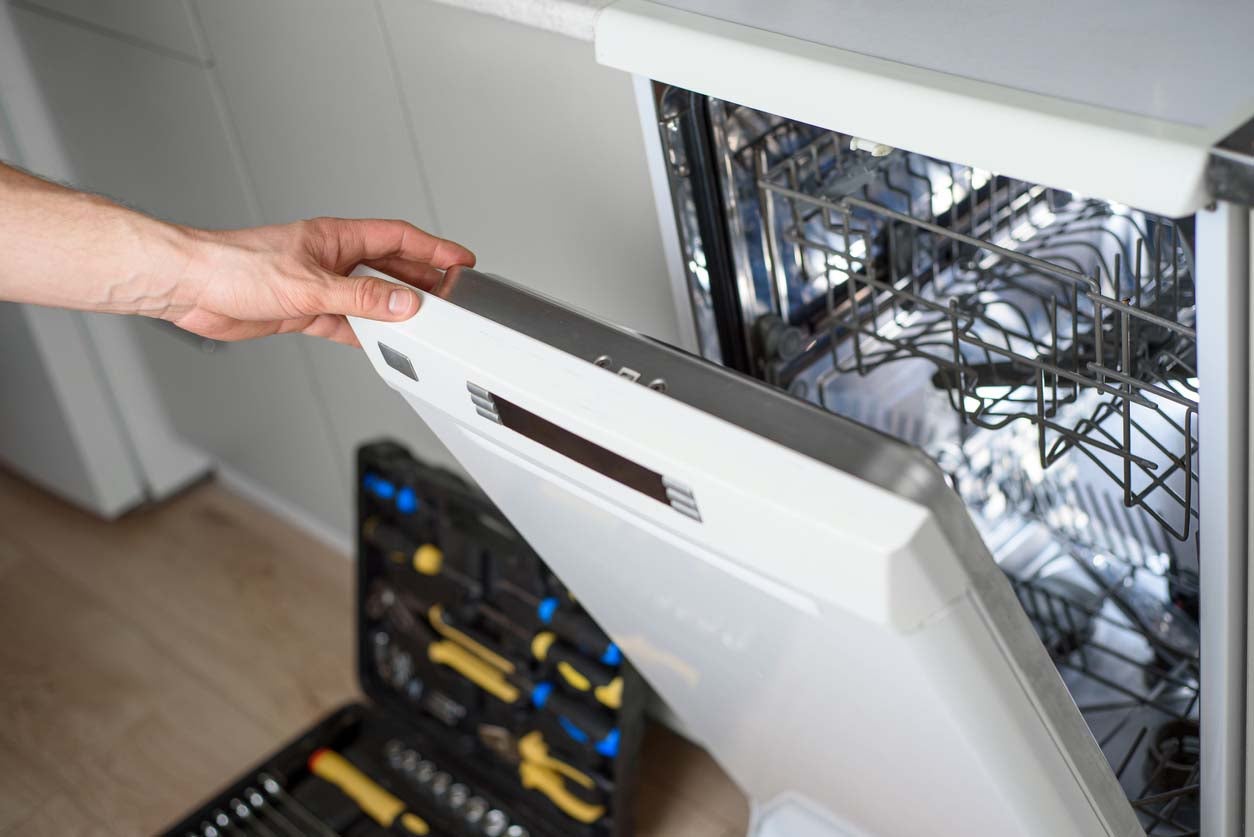
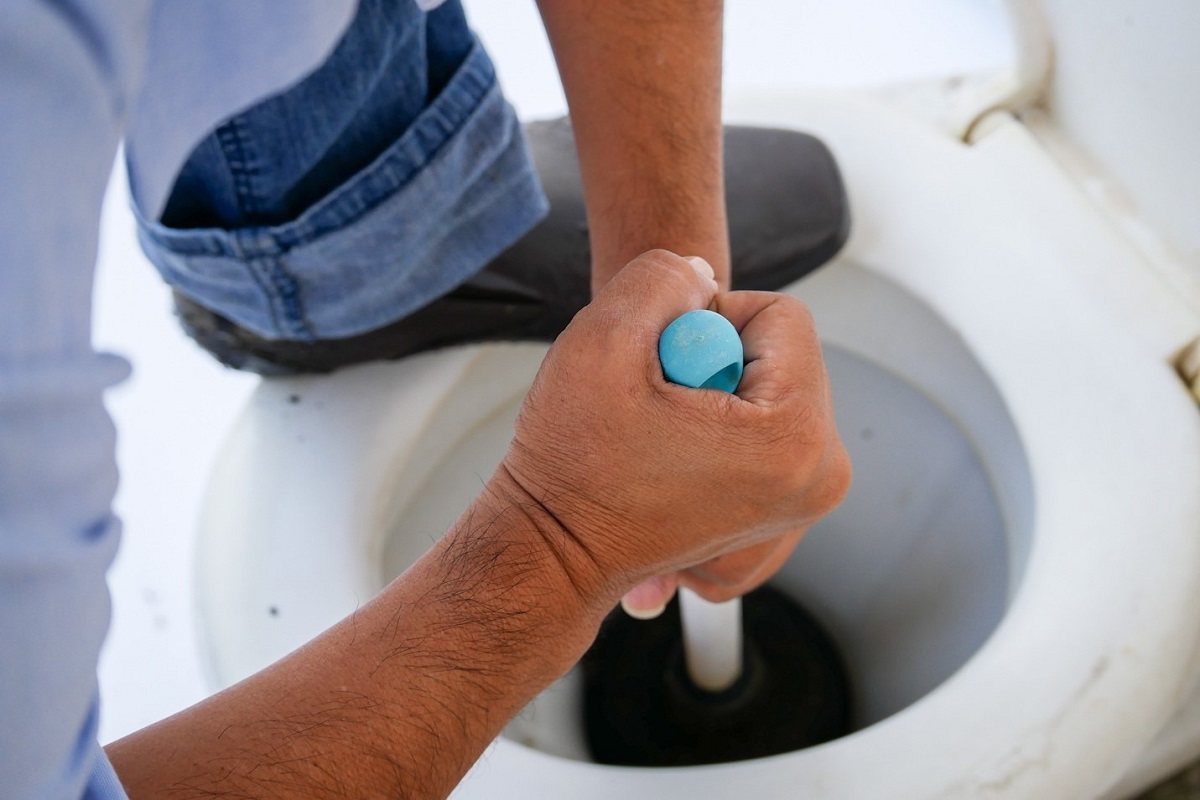
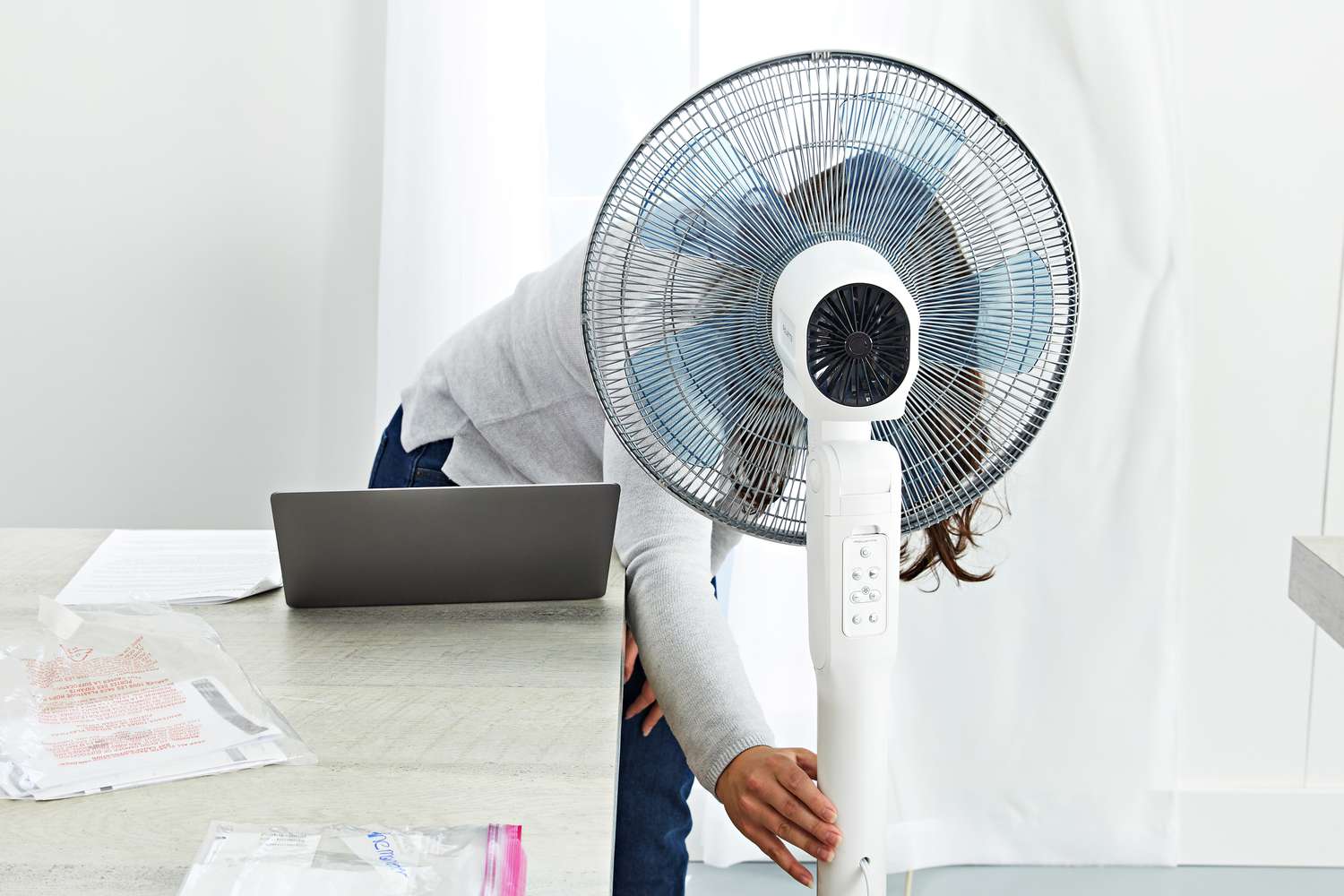
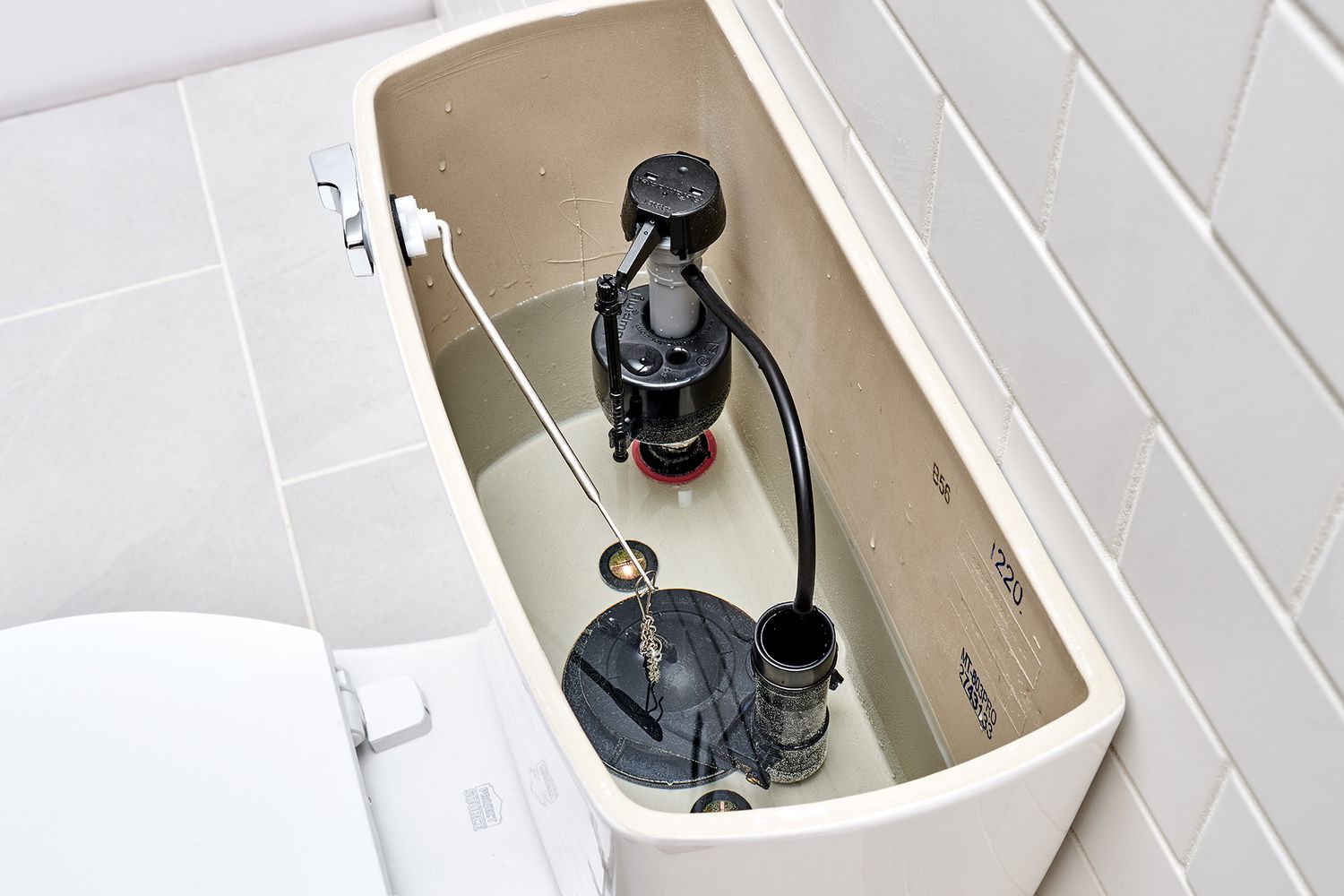
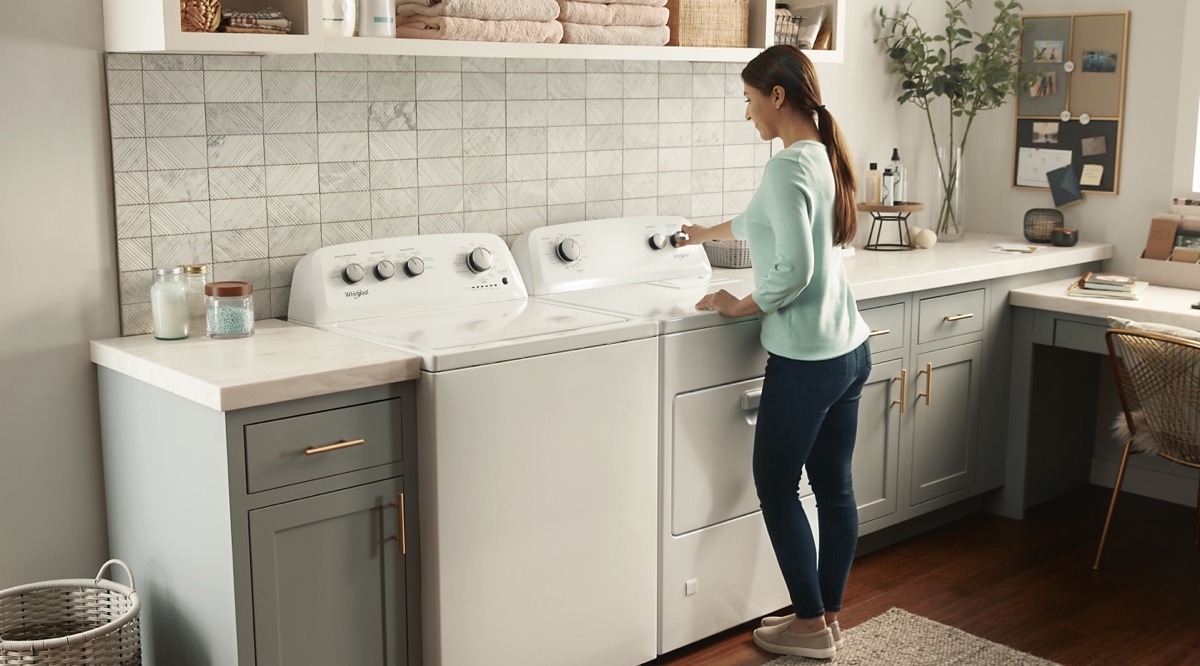
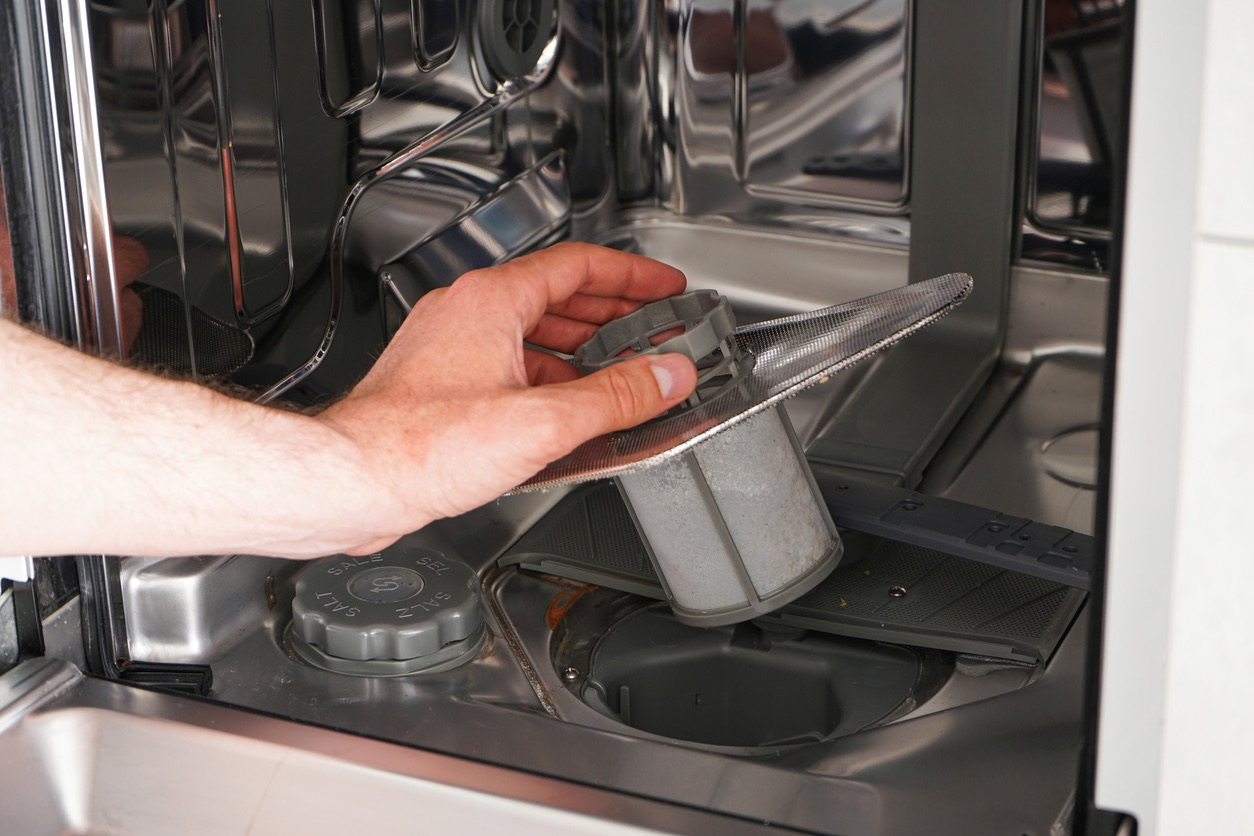
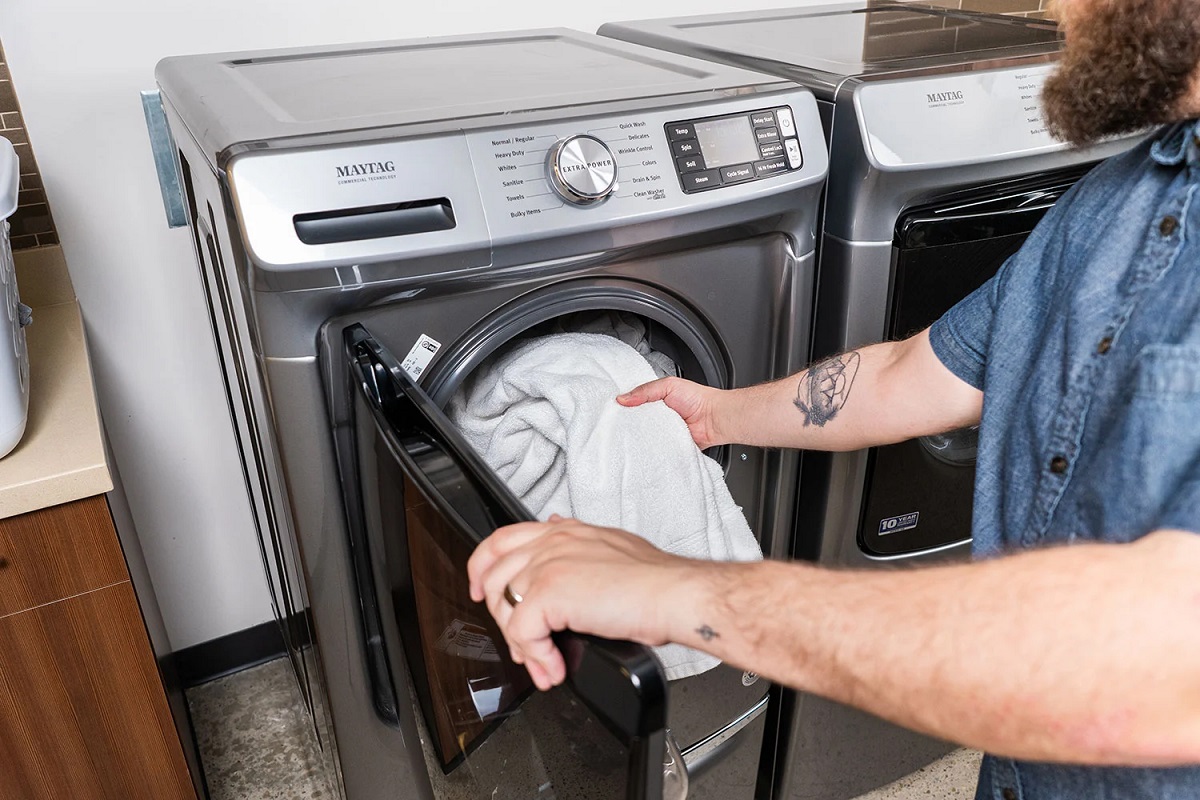
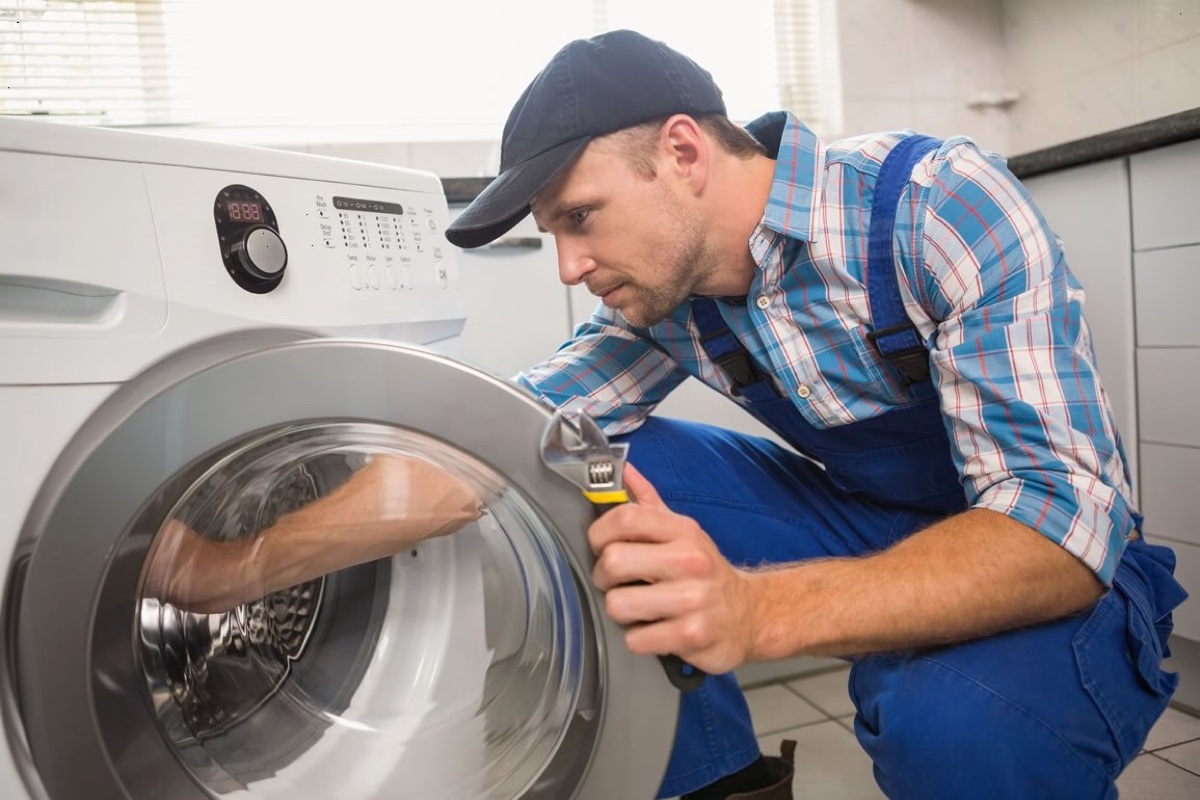
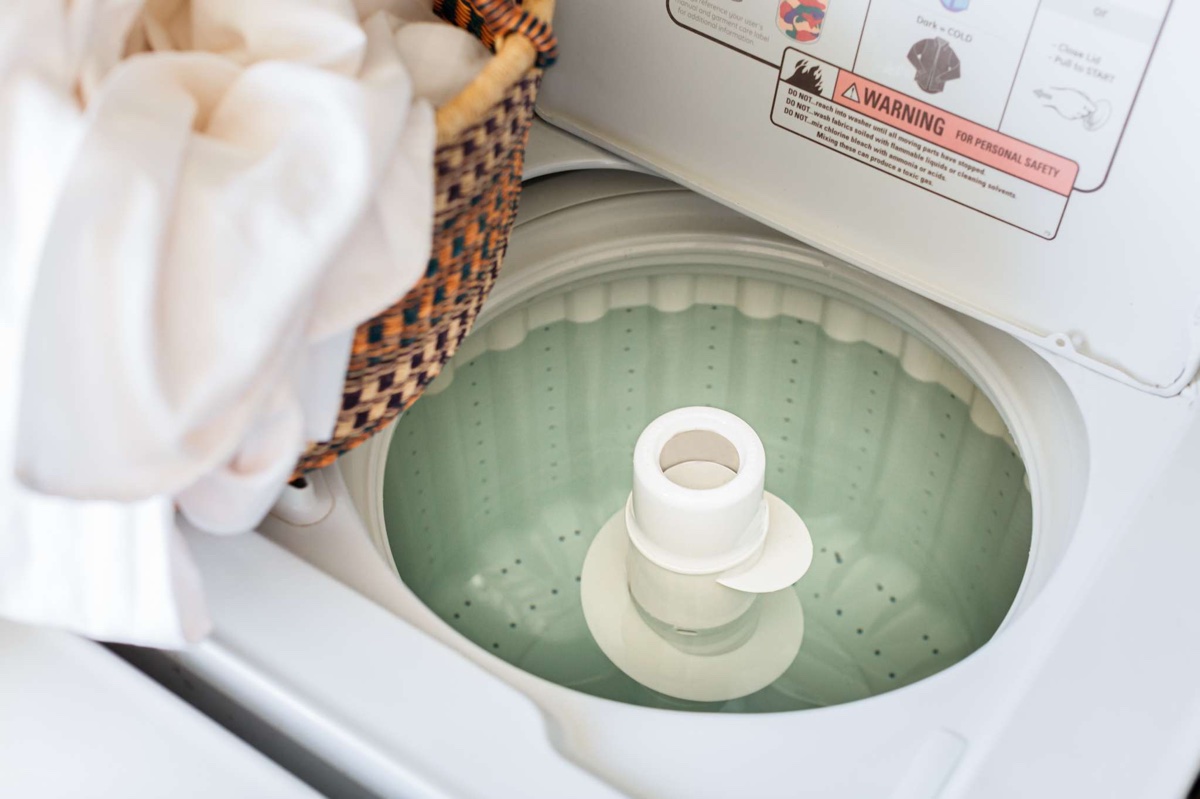
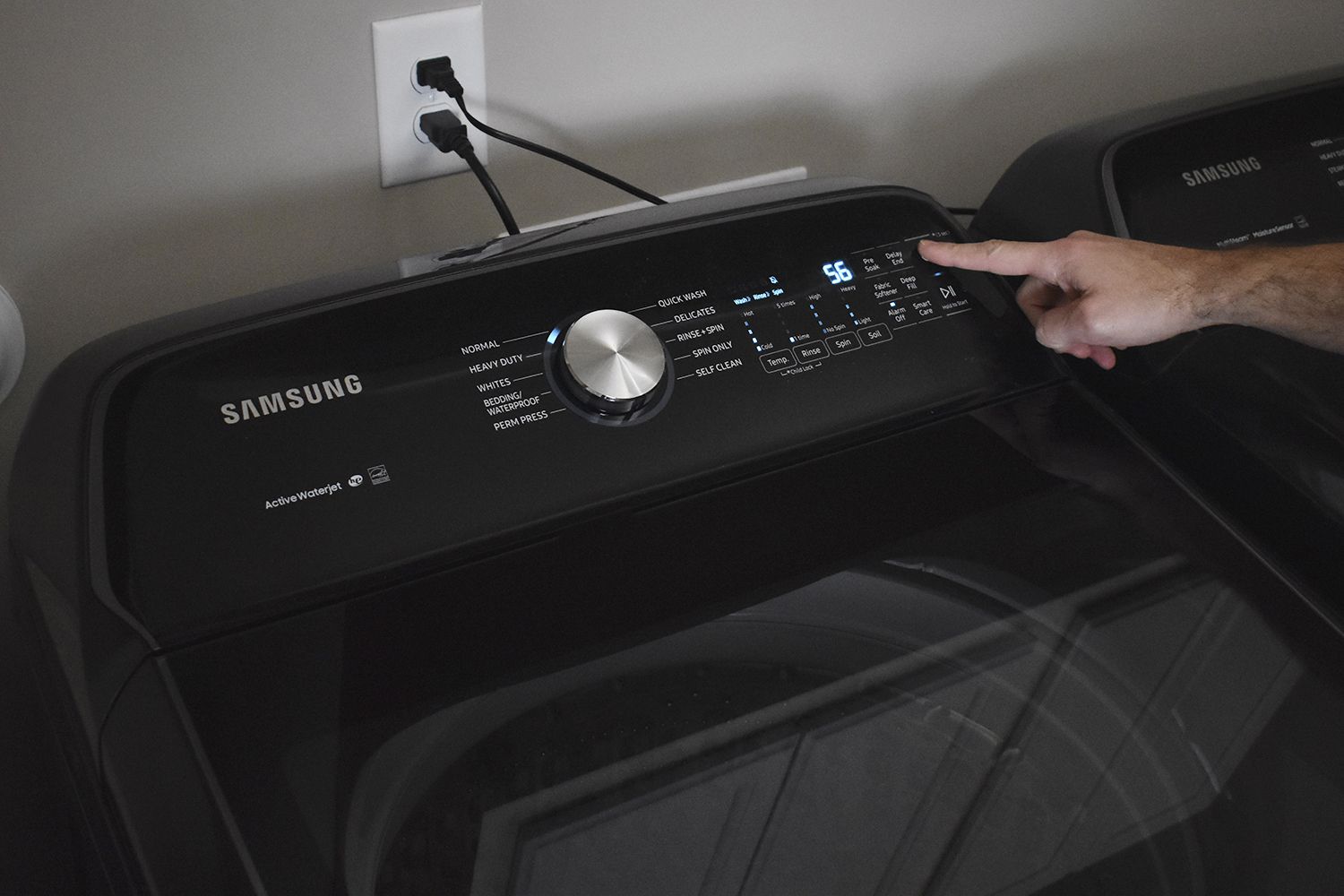
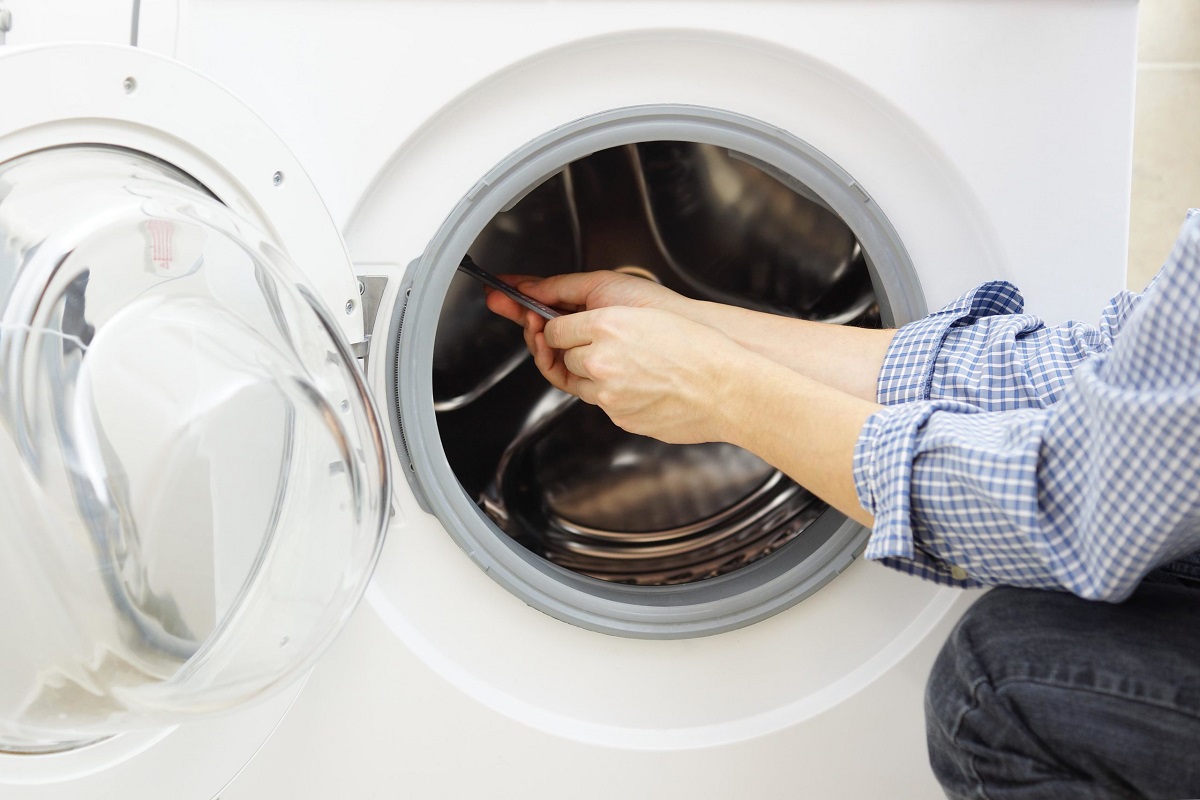
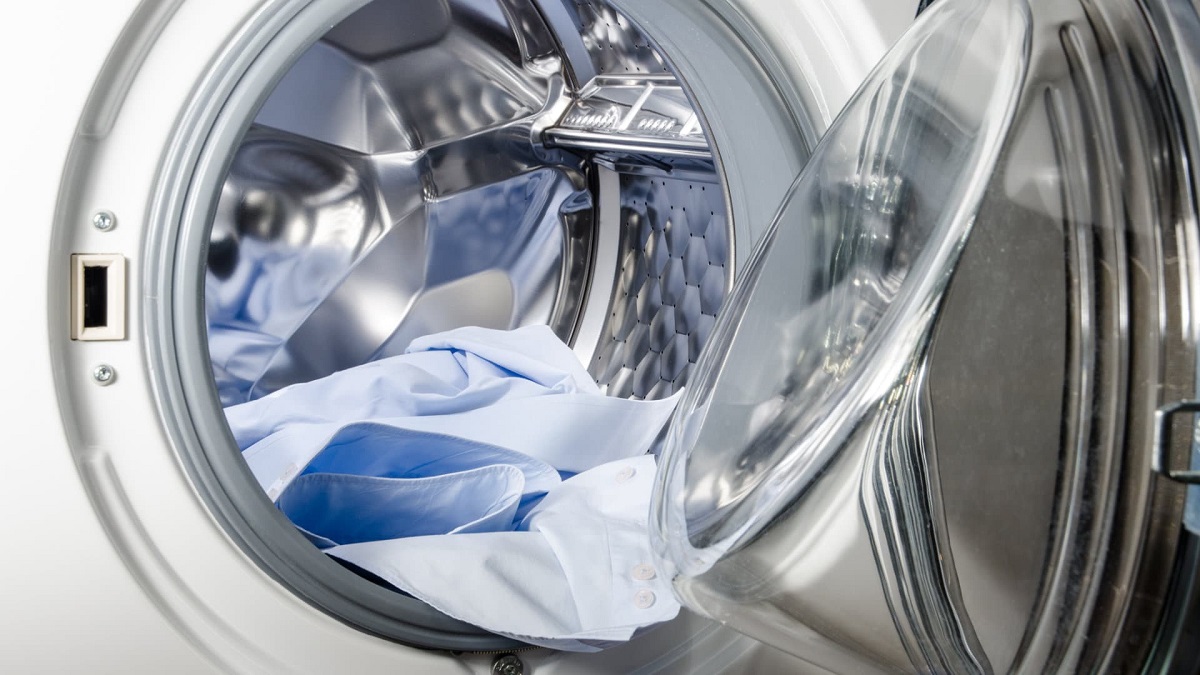
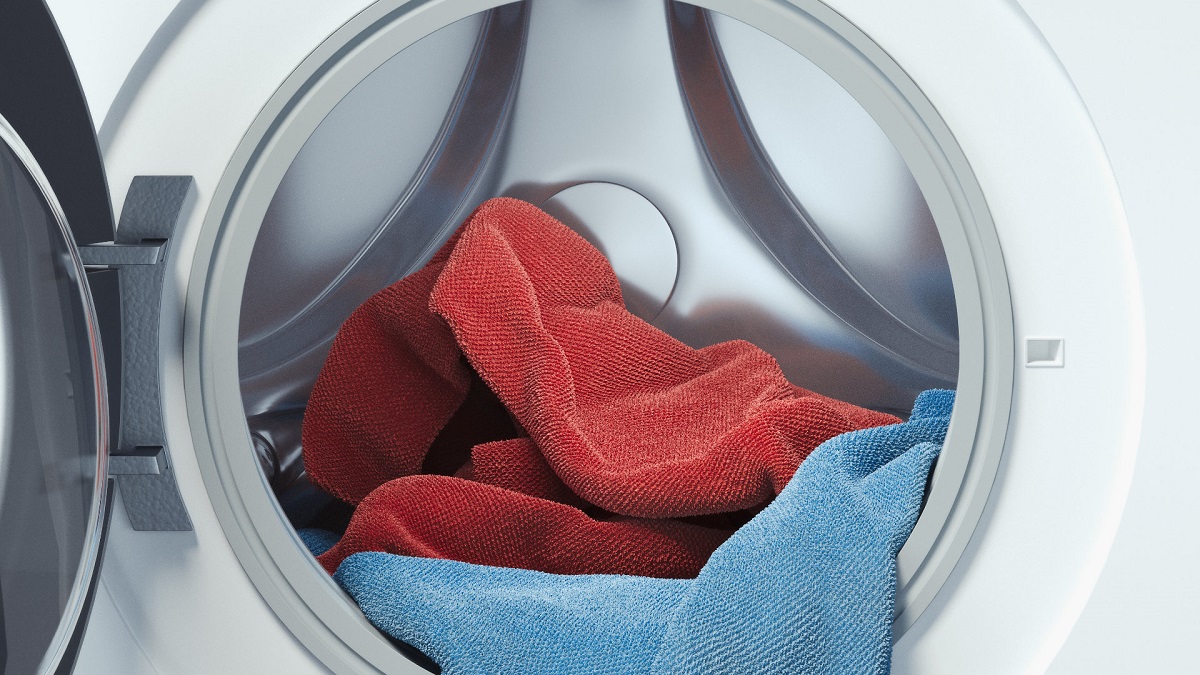

0 thoughts on “Why Wont My GE Washer Spin”